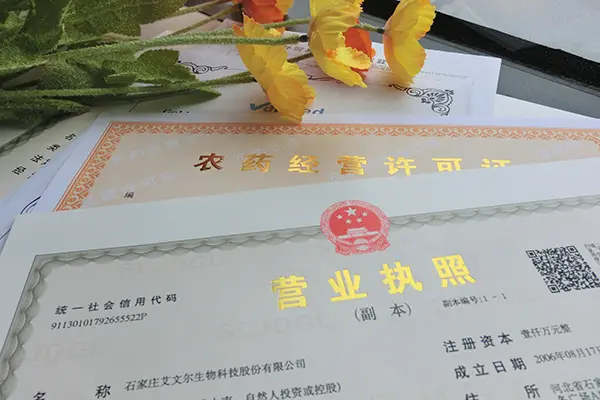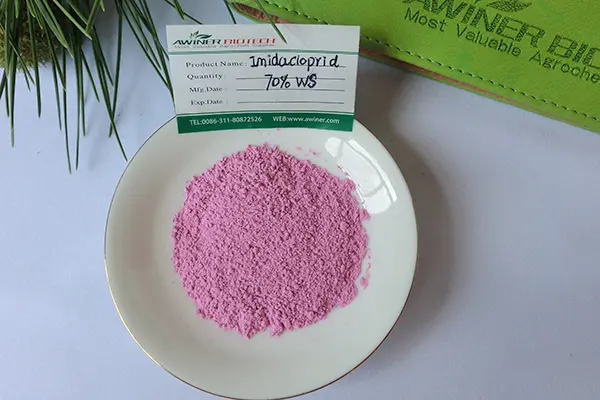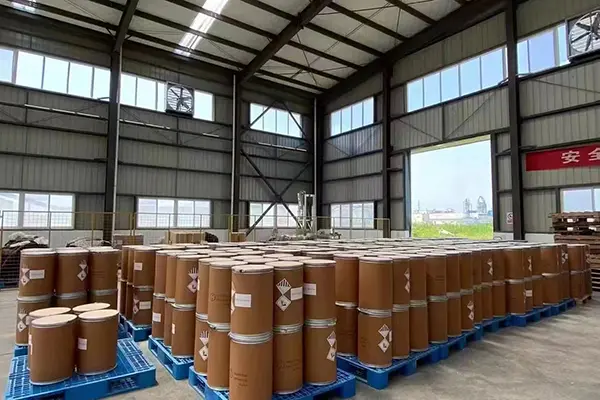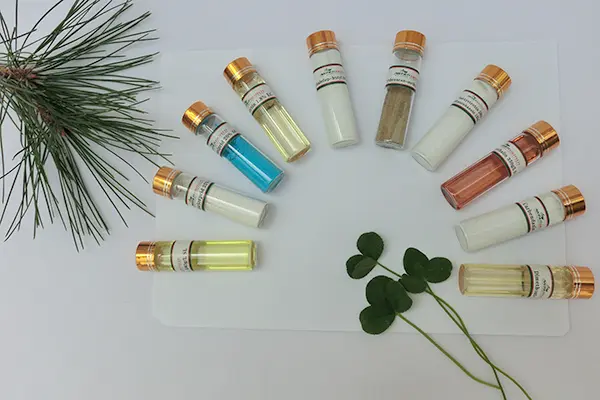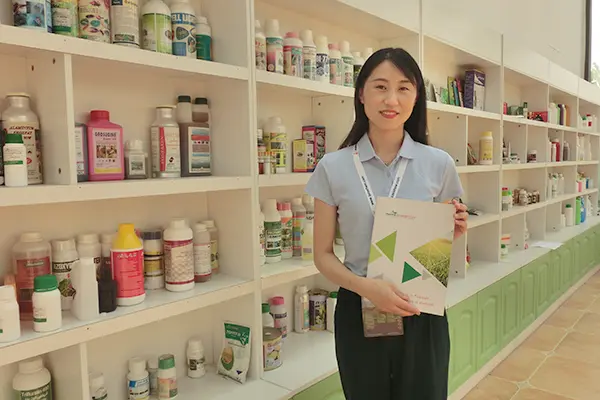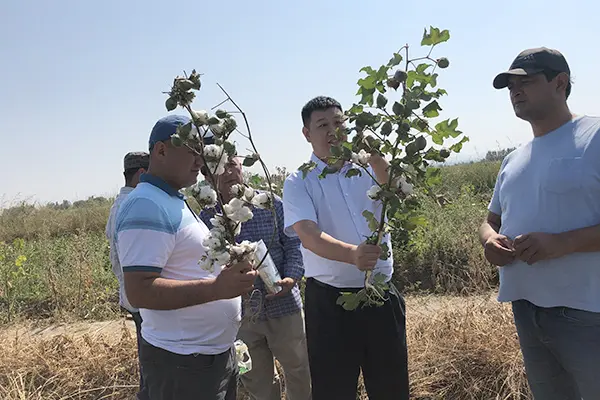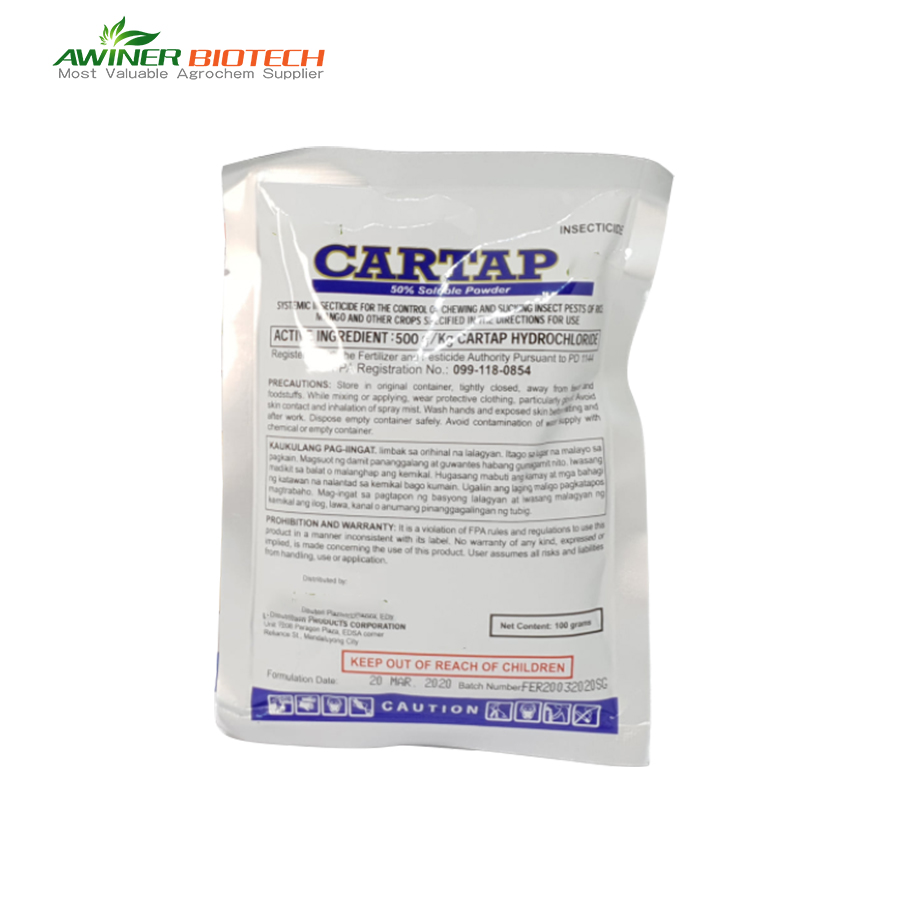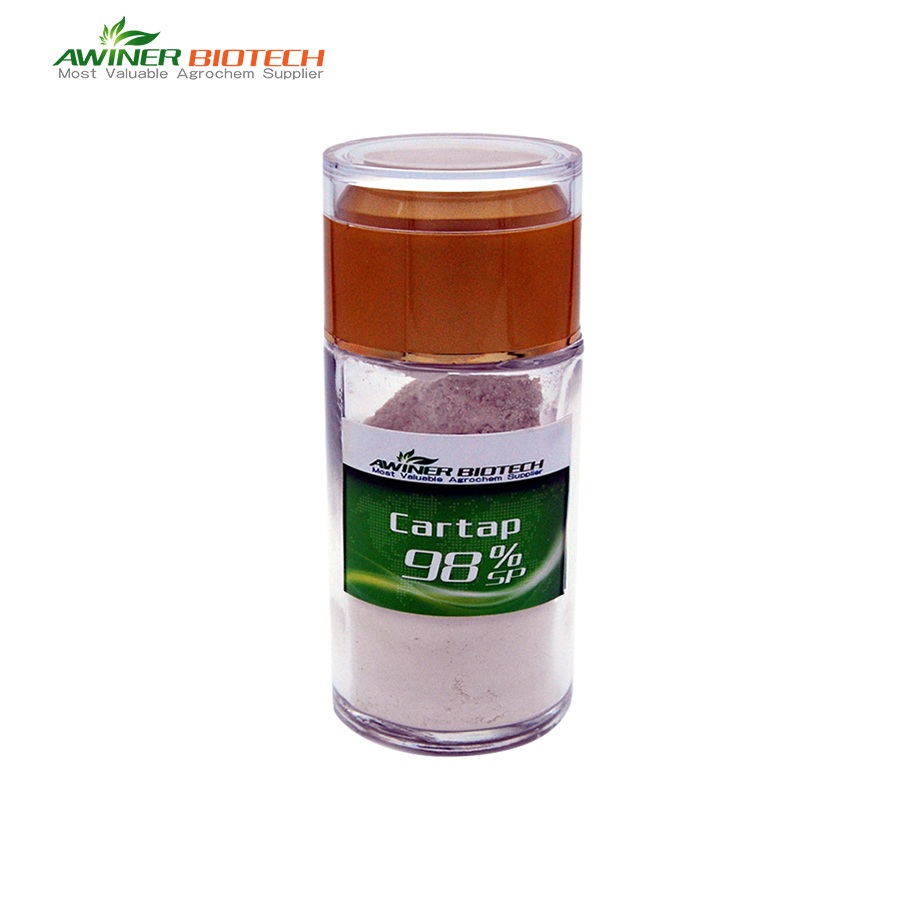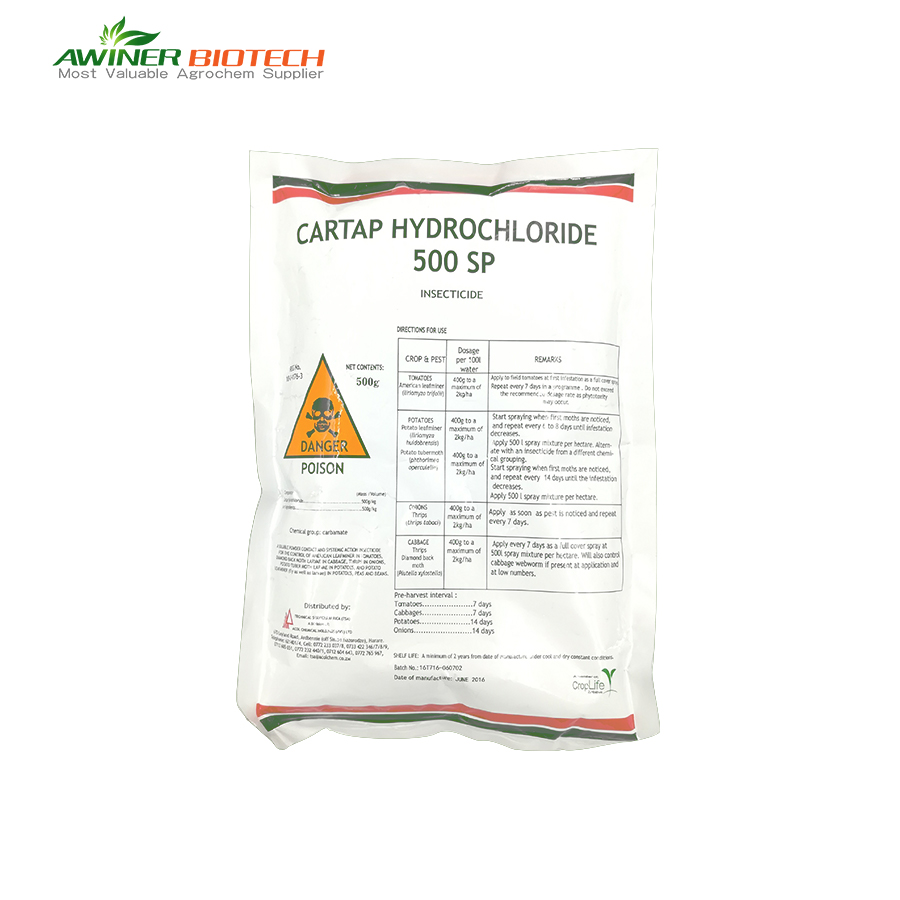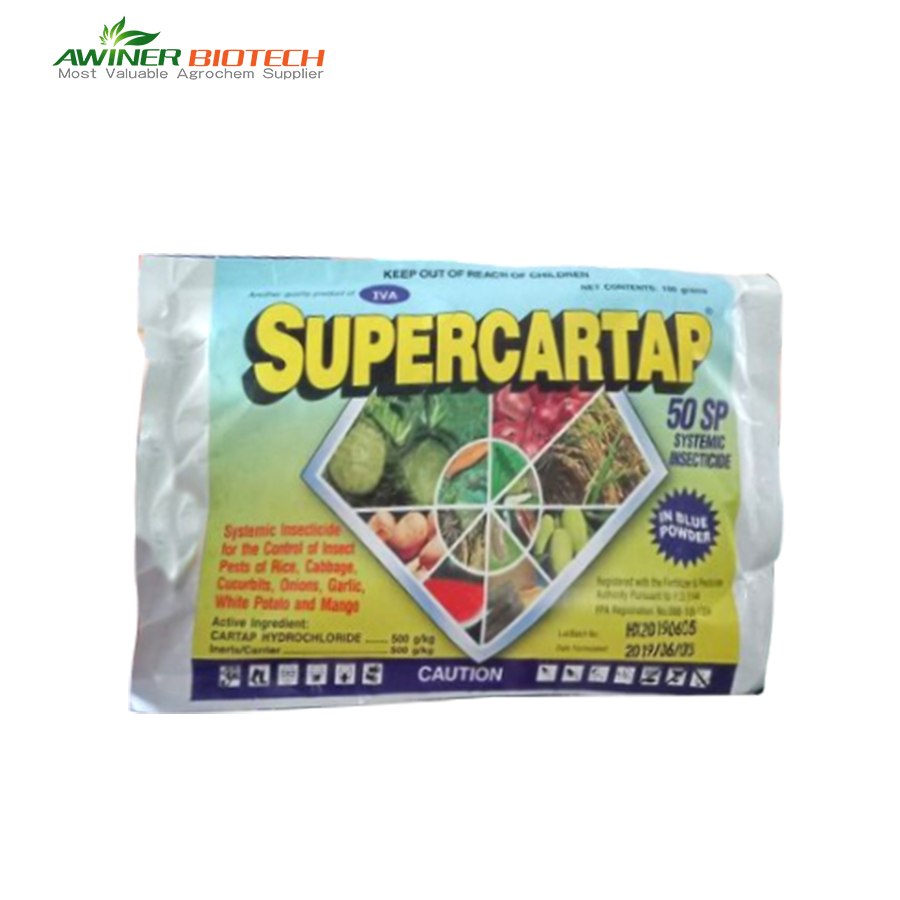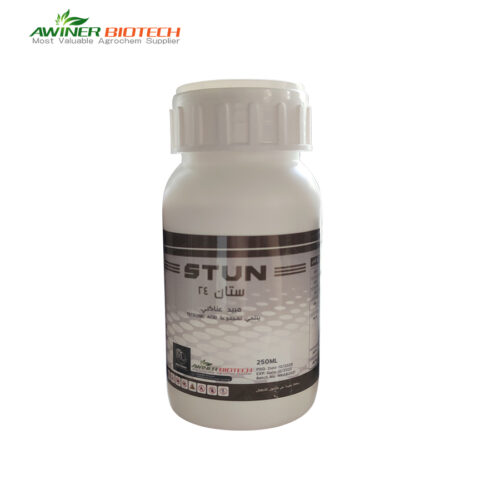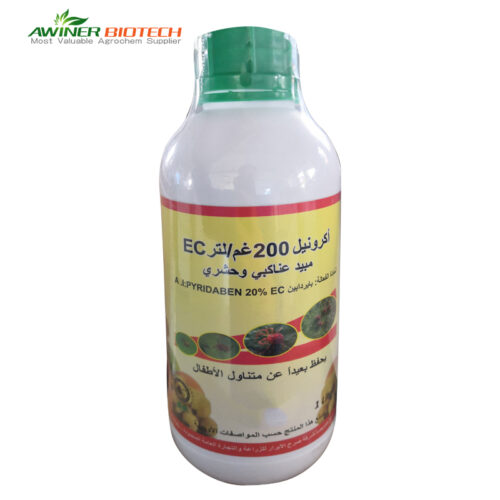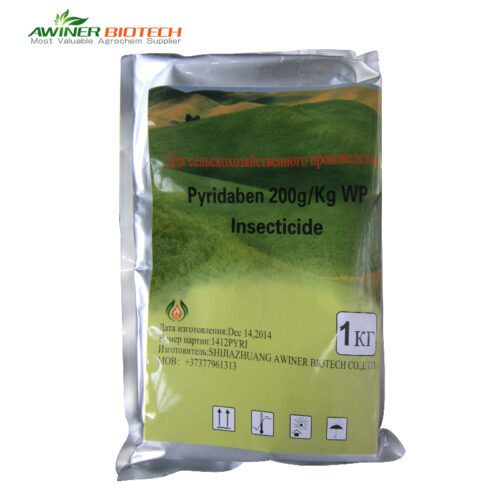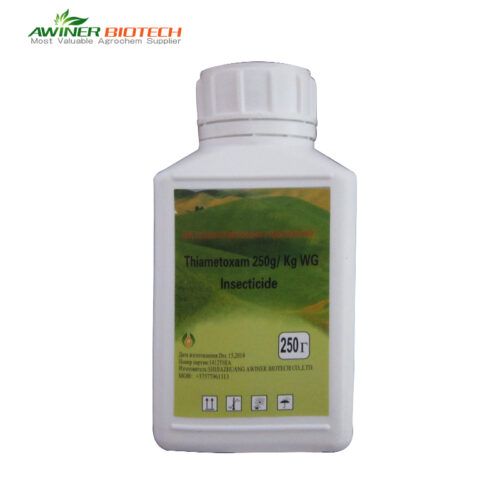Cartap |
|
| Dosage form | 98%SP |
| Packing | Liquid:50ml、100ml、250ml、500ml、1L、5L、10L、20L Solid:10g、50g、100g、250g、500g、1kg、5kg、10kg、25kg |
| Formulation | Customized |
| Label | Customized |
| Crop-Pest | 1. Rice – Rice Water Weevil, Secondary Corn Borer 2. Dry rot nematode disease, Rice Blast |
| Certification | SGS、 ISO 、BV |
| Delivery time | 20-30 days |
| Mixture products |
Cartap vs Cypermethrin
|
| Payment terms |  |
Cartap hydrochloride granules are widely used in agriculture as an insecticide to control a variety of pests in different crops.
Cartap Formula Estructural: Is it a Systemic Insecticide?
Cartap, a common insecticide used in agriculture, is known for its effectiveness against a wide range of pests. Structurally, cartap is a derivative of nereistoxin and is categorized as a thiocarbamate insecticide. However, it is not considered a systemic insecticide. Instead, cartap works primarily through stomach and contact action. When pests ingest or come into contact with cartap, it disrupts their nervous system, leading to paralysis and death. While it can penetrate plant tissues to some extent, it does not move throughout the plant’s vascular system like true systemic insecticides. This makes it particularly useful for targeting pests that feed on the surface of plants.
 |
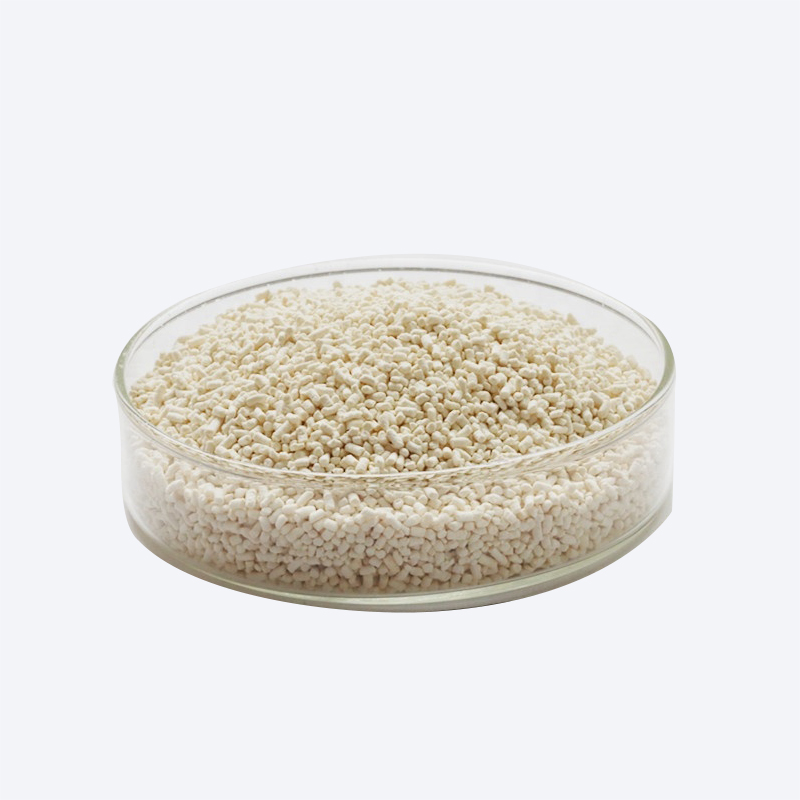 |
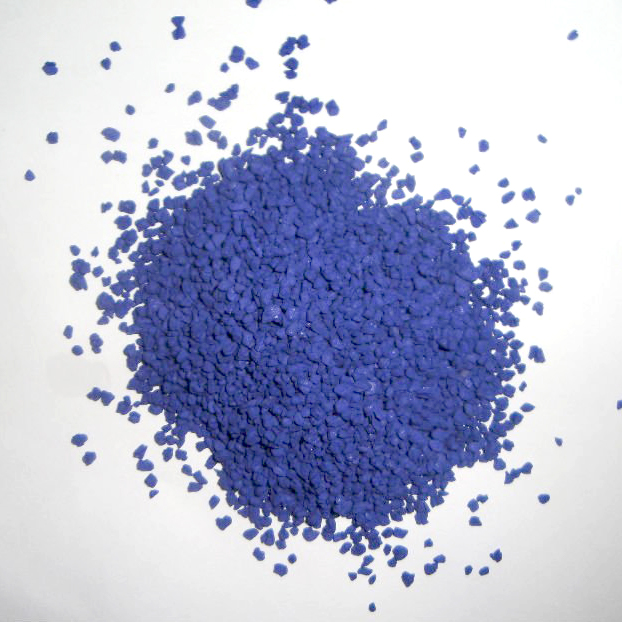 |
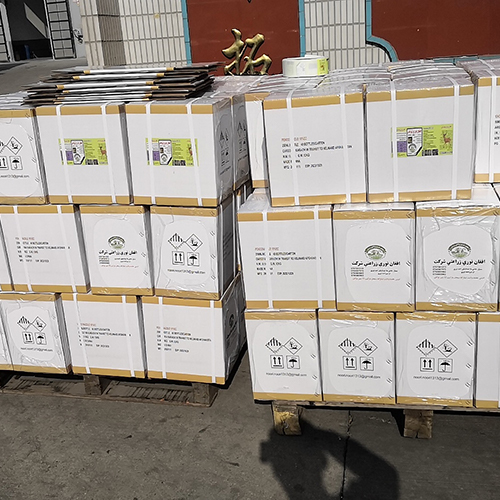 |
Cartap Hydrochloride Granules: Uses
The primary uses of cartap hydrochloride granules include:
- Rice Pests: Effective against rice stem borers, leaf folders, and rice hispa.
- Vegetables: Controls pests like diamondback moths, cabbage worms, and aphids in cruciferous vegetables.
- Fruit Trees: Used to manage codling moths, fruit borers, and other pests in fruit trees such as apple and pear.
- Tea Plants: Helps in controlling tea looper, tea tortrix, and other leaf-eating pests.
- Sugarcane: Targets early shoot borers, top borers, and internode borers.
<About Awiner Biotech>
